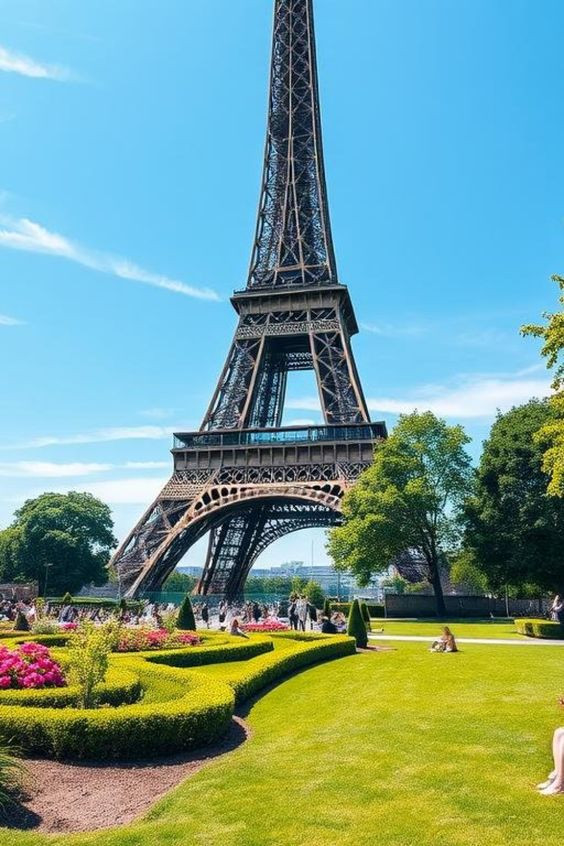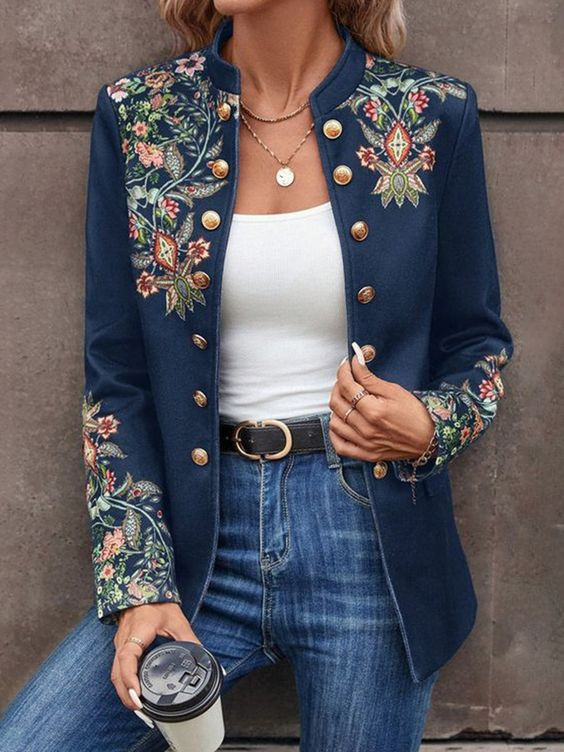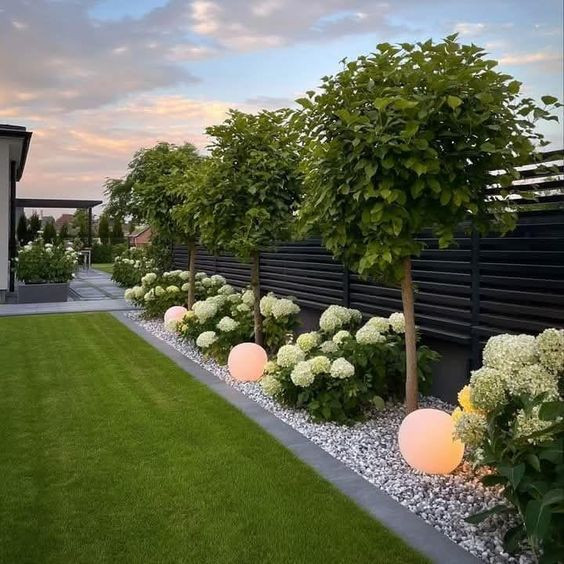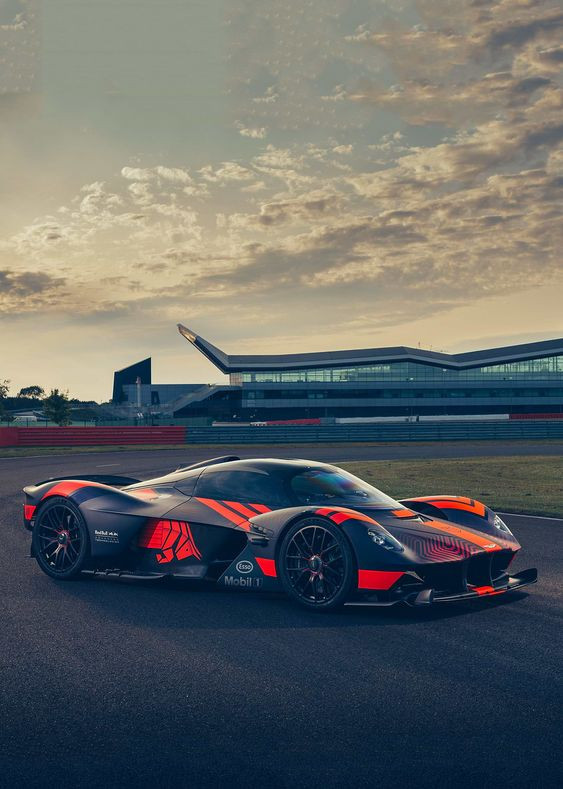Paris in Every Step: A Journey Through the City of Lights with the Eiffel Tower at Its Heart
There’s a certain magic in the name “Paris.” For many, it conjures images of candlelit dinners along the Seine, the echo of jazz spilling out of cafés, cobblestone streets kissed by the rain, and of course—the Eiffel Tower rising majestically above it all.
Paris is more than just a city; it’s a feeling, an experience, a dream that lives in the hearts of travelers from every corner of the globe. From world-class art to iconic cuisine, hidden alleyways to glittering boulevards, the French capital is a celebration of life itself.
And at the center of this celebration stands the Eiffel Tower—not just a monument, but a symbol of the city’s soul. Traveling to Paris is incomplete without seeing it, feeling its presence, and letting it guide your journey through one of the most enchanting cities on Earth.
Arriving in Paris: First Impressions
As you arrive in Paris—whether by train pulling into Gare du Nord or a plane landing at Charles de Gaulle Airport—you’re immediately met with a blend of the old and the new. The architecture, with its historic facades and wrought-iron balconies, shares space with modern boutiques, art galleries, and bustling cafés.
But it’s that moment when you first glimpse the Eiffel Tower in the distance—maybe from a taxi window, or through the trees in the Trocadéro gardens—that it hits you: You’re really in Paris.
The Eiffel Tower becomes your compass. No matter where you wander, its graceful silhouette reminds you that you're walking through a city steeped in history and romance.
The Heartbeat of Paris: The Eiffel Tower Experience
Rising 330 meters above the city, the Eiffel Tower is more than just a stop on your itinerary—it’s a living, breathing symbol of everything Paris represents: elegance, creativity, and the ability to inspire awe.
During the day, its iron structure glows golden under the sunlight. At night, it becomes a beacon, sparkling for five minutes every hour, as if winking at you from the stars.
Visitors flock to its base at the Champ de Mars, a garden that serves as a picnic spot, a playground, and an open-air lounge for locals and tourists alike. You’ll see people sprawled on blankets sipping wine, artists sketching the scene, and children chasing pigeons—all under the watchful eye of the Iron Lady.
Climbing the Eiffel Tower—whether by stairs or elevator—is an unforgettable experience. From its platforms, the city unfolds beneath you like a painting: the Seine snaking through the rooftops, the golden dome of Les Invalides, the distant hills of Montmartre. It’s a moment that grounds you and lifts you at once.
Exploring the Paris Beyond
But Paris isn’t only about the Eiffel Tower—it’s a city best discovered slowly, neighborhood by neighborhood, café by café.
Le Marais enchants with medieval streets, vintage shops, and falafel stands.
Montmartre, once home to Picasso and Monet, draws artists and romantics alike with its bohemian soul and stunning Sacré-Cœur views.
Saint-Germain-des-Prés oozes literary charm, where the likes of Hemingway and Sartre once wrote in smoky cafés.
Latin Quarter offers a youthful buzz, brimming with bookstores, street musicians, and a sense of intellectual curiosity.
In each of these districts, the Eiffel Tower is often visible in the distance—reminding you of your place in this grand, elegant tapestry.
Art, Culture & Cafés: The Parisian Way
No trip to Paris is complete without indulging in its legendary art and culture. The Louvre dazzles with masterpieces like the Mona Lisa and Venus de Milo, while the Musée d’Orsay captures the soul of Impressionism. Yet some of the most memorable moments come not from galleries, but from people-watching at a sidewalk café, espresso in hand, watching the world pass by.
The Eiffel Tower may draw your eye skyward, but Paris encourages you to look all around—to take in the details, the textures, the rhythm of everyday life. Street musicians play classical violin under stone bridges. Bakers greet you with “bonjour” and hand over warm croissants. Flower stalls burst with color on market corners.
The city doesn’t rush you. It invites you to savor every moment—flâner, as the French say—to stroll without purpose, guided only by curiosity.
Food: A Culinary Adventure in the Shadow of the Tower
French cuisine is world-renowned, and Paris is its beating heart. Within walking distance of the Eiffel Tower, you’ll find Michelin-starred restaurants, rustic bistros, creperies, and fromageries.
Imagine this: after a sunset visit to the tower, you wander down the Seine and find a small restaurant with candlelit tables on the terrace. You order escargots, duck confit, or simply a baguette with creamy brie, paired with a glass of Bordeaux. The tower sparkles in the background, and for a moment, life feels utterly perfect.
Even simple pleasures here—like eating a warm crêpe from a street vendor in the Champ de Mars—become unforgettable. The Eiffel Tower turns ordinary experiences into treasured memories.
A City of Seasons
Each season brings a different shade to Paris:
Spring blooms with cherry blossoms along the Seine and vibrant gardens at the tower’s base.
Summer invites evening strolls, open-air cinema in the parks, and picnics under blue skies.
Autumn paints the city in golden hues; the Eiffel Tower seems to glow warmer against amber leaves.
Winter adds romance with its festive lights and cozy cafés, as the tower becomes the crown jewel of Paris’ holiday charm.
No matter when you visit, the Eiffel Tower—and Paris itself—welcomes you like an old friend.
Final Thoughts: Why Paris Steals Every Heart
Traveling to Paris is not just about checking off landmarks. It’s about falling into a rhythm of life that values beauty, pleasure, and presence. The Eiffel Tower may be the city’s most famous landmark, but it’s also a gateway to understanding what makes Paris so unforgettable.
It’s in the soft glow of a morning light on the Seine. In the rich taste of a dark espresso in a Montparnasse café. In the laughter of couples dancing on the banks of the river. And always—in the quiet awe you feel when you look up at that towering structure and realize just how beautiful life can be.
Paris is not just a destination. It’s a mood. A memory waiting to happen. A poem written in streets and lights.
And at its center, forever watching, stands the Eiffel Tower—graceful, timeless, and proud.












